Heisker (Monach Islands)
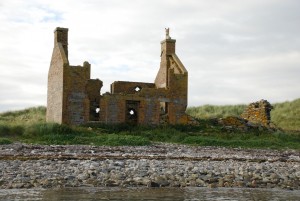
Swam this morning off Ceann Ear, one of the Monach islands (Heisker) torn from North Uist by centuries of storm and broken into an archipelago of white shell sand beaches, dunes and flowering machair. We travelled in a day from the dark vertical near-impossibility of St Kilda to the horizontal stillness and limitless skies of Heisker, where Julie Fowlis’ ancestors once lived, abandoned since the last family – the Morrisons – departed in the 1940s. Lachie Morrison, now in his late 80s, sang at the Taigh Chearsabhagh ceilidh a few days ago – now we’re walking in the place where he lived and sang and swam, beside the fine needle of the old lighthouse; Hiorta, Dun and Boreray faint on the horizon.
Sheep roam here, and rabbits. The beaches and spreading marram grasslands are scattered with buoys, creels, flung plastic shards and driftwood. Once the islanders rescued flotsam crates of tobacco and whisky from these shores; untaxed bounty from an often punishing sea. There are gales here 50 days a year, but not today. The air is still and warm; gulls and waders cry and flit across wet pink granite and rotting weed. And there’s another sound coming in slow waves from the water, high, sad, pure and ancient: the Atlantic grey seals are singing.

It’s breeding season now in one of the world’s largest breeding colonies. Yesterday we sat on the dune edge on the west coast of the neighbouring island and looked down on a white pup, blinking at the cold pulse of salt waves on a rising tide, dragging itself effortfully across rocks and sand, waiting for its mother to return. The seals are gathered in their thousands on the eastern beaches of Ceann Ear, and hundreds more are bobbing in the ocean, sleeping with triangular faces uplifted from the water, or turning in lazy profile to watch our Zodiac come in. As we slip into the bay, they seem to move with us as a mob. They are moving with us; rousing themselves and pushing strongly at the water to keep pace with the boat. Then suddenly they dive en masse in a flurry of anxiety, leaving empty seas and glassy oval footprints, before popping up again, more curious than frightened.
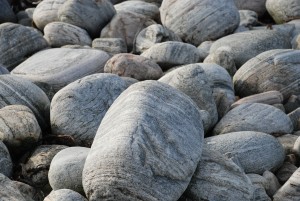
From the quiet beach I walked into the water, cold and utterly clear from the shallows out to the surging kelp fields 20 feet beyond. Alone for a moment, and then surrounded, completely surrounded, by broad, blunt faces, breathing hard through black nostrils and watching with dark eyes my slow paddling. Beneath me, a sudden blur of movement; a speckled white pup swimming on its back, staring up at me. No aggression here from the snorting adults alongside, no fear either, just watchfulness, curiosity, a testing of air and water, beside the bolder approaches of the pups…In their element, they can disappear as suddenly as they come, and I’m the visitor seeking permission to be among them, quietly, until they lose interest in my cold fluttering fingers and return to their bobbing and coastal gazing.
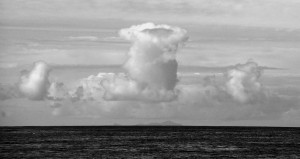
Back on shore, I have to run along the beach to warm up. A group of seals swims with me, easily, and as I climb the dune to the abandoned settlement i can hear their song rising like myth from the deeper water, and then it’s lost among gull-cry, water-noise, and distant song from Julie, Mary and Mary Jane, who sit, faces upturned in the sun, outside the lichen-spattered schoolhouse. The whole day feels uplifted, elated, full of song and water-language.
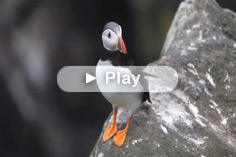


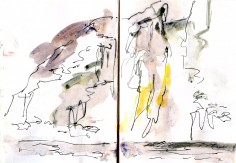
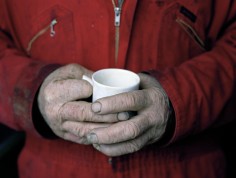
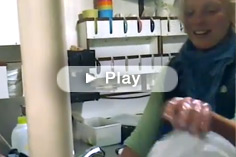
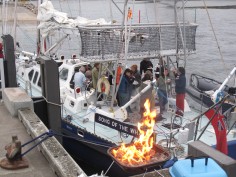

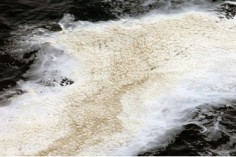
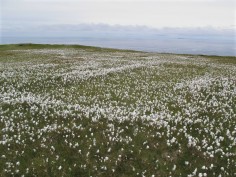

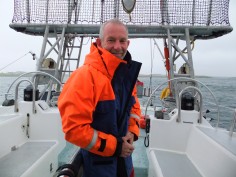








No Comments